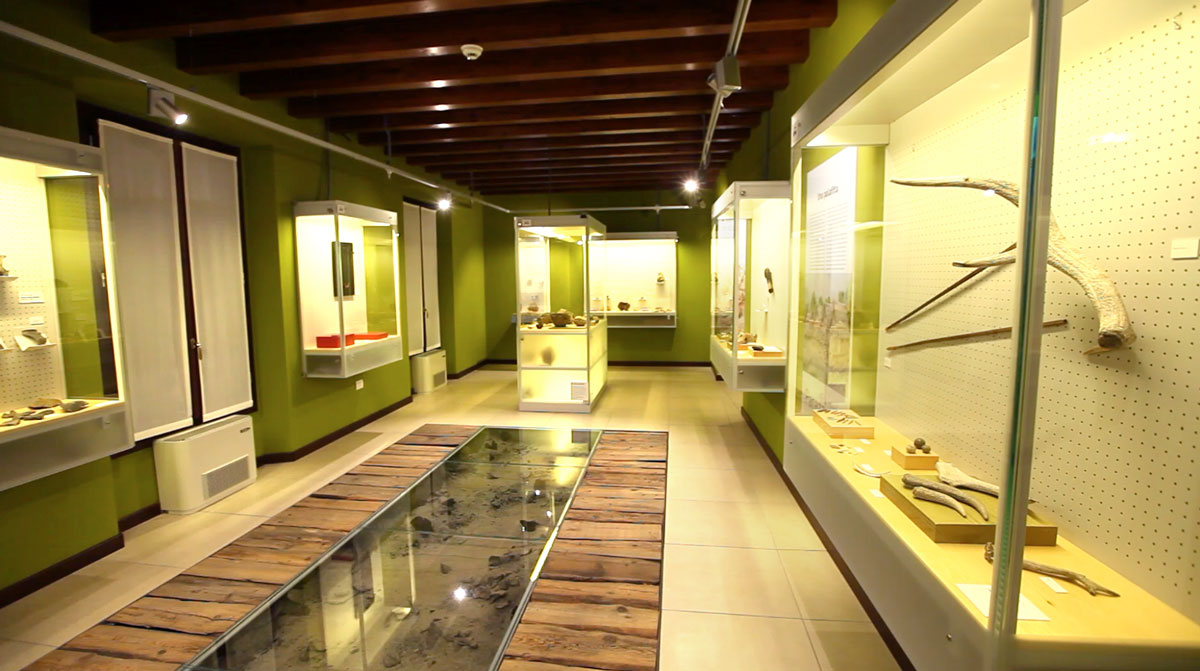
To the historic home of the museum in the Gerolimine monastery, which also accommodates the town hall, a new annex has been recently added in the form a newly renovated building, owned by the Myriam and Pierluigi Vacchelli Foundation. The two buildings will soon be united in a single exhibition, which is undergoing arrangement. The museum, opened to the public in 1960, was established in order to preserve the extraordinary archaeological heritage of the Piadenese and Casalasco territories, already well-known in the 1800s for a series of important finds. Since its opening, the collections have been enriched thanks to numerous excavations in the area by the archaeological superintendency, universities and museums. Integrated into the exhibition are also materials from the Locatelli Collection, belonging to the municipality. The exhibition is arranged from the Upper Paleolithic to the High Middle Ages. Particularly rich is the section dedicated to the Neolithic (sixth millennium BC), mainly thanks to excavations by B. Bagolini and P. Biagi at the Campo Ceresole site, which allowed a definition of the characteristics of the so-called Vho culture. Among the many artefacts found there, of note is the famous two-headed statuette, linked to the worship of a fertility goddess. The Copper Age is represented by fetal position burial tombs from local area and nearby Fontanella Mantovana. Ample space is devoted to the large settlements of the Bronze Age (second millennium BC), the pile-dwelling settlement of the Lagazzi Vho, recently added to the UNESCO World Heritage List, and the vast settlement of Castellaro del Vho, which has passed down abundant items related to metallurgy. The Celts are represented by the tomb of the warrior of Campo Costiere and the necropolis of the dairy cooperative, or Latteria Sociale, site. Roman times are well documented by exceptional isolated finds, such as the monumental stelae of Tornata, and the rich collection of items from Bedriacum, in the municipality of Calvatone. From here come both the famous ‘labyrinth mosaic’, emblem of an eponymous dwelling flooring, and a bronze statuette of Isis-Fortuna.
Open:
From Monday to Friday, 8:30 am to 1:30 pm.
Saturday and Sunday by reservation only.
Closed:
Saturday, Sunday and public holidays.
Numerous openings are scheduled for special exhibitions and events. In summer, a two-week closure is planned.




